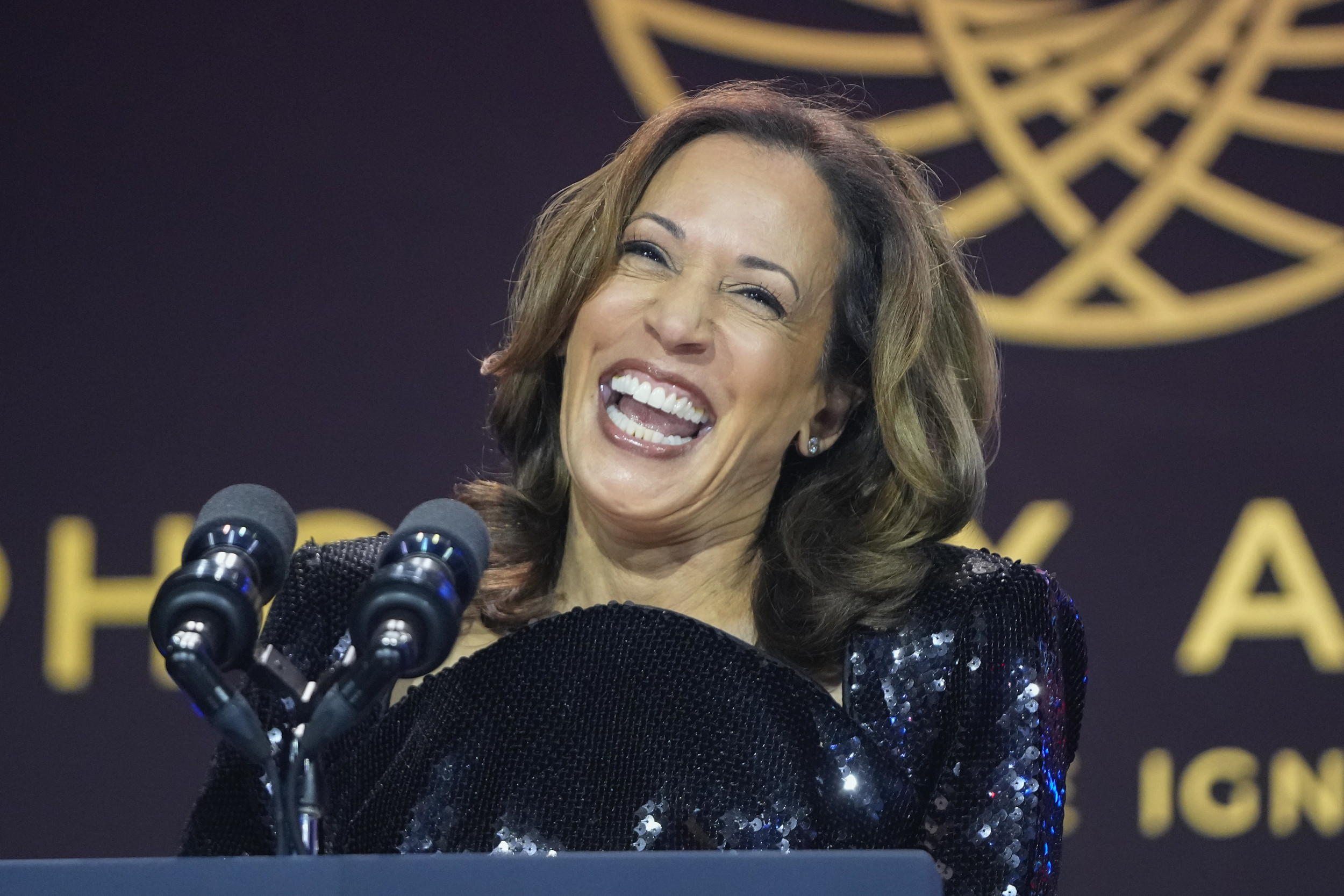Shopping
Relief For Harris As Voters Spend More at the Shops

Retail sales experienced an unexpected uptick in August, indicating more robust consumer demand as economic concerns continue to dog Kamala Harris’s campaign trail.
The retail sales data, published monthly by the U.S. Census Bureau, tracks the total revenue generated by retail and food establishments across the United States.
On a month-by-month basis, retail sales in August increased 0.1 percent from July for a total of $710.8 billion, up from $710.4 billion, according to estimates published by the U.S. Census Bureau on Tuesday.
On a year-by-year basis, the figure is up 2.0 percent, with nonstore retailers up 7.8 percent, and food services and drinking places seeing a 2.7 percent jump.
While this is slowed from July’s 1.1 percent monthly jump, which followed a 0.2 percent drop in June, the figures came in hotter than analysts had expected, with
FXStreet-cited consensus had penciled in a gloomy 0.2 percent monthly drop, and so Tuesday’s numbers appear to provide a glimmer of hope as to the health of the U.S. economy.
Saul Loeb/AFP via Getty Images
Retail sales serve as one measure of consumer spending, itself often signaling the expansion or contraction of the U.S. economy, with sharp falls often triggering market volatility and recession fears.
According to Christopher Breen, head of Economic Insight at the Centre for Economics and Business Research, the expected 0.2 percent drop “would not [have been] a great result for the U.S. economy.”
“Today’s reading suggests consumers are reasonably healthy although moderating their spend, particularly on discretionary goods,” Fitch Ratings Senior Director David Silverman told Newsweek.
Raya Sokolyanska, Vice President and Senior Credit Officer at Moody’s Ratings, concurred, claiming that most consumers remain “purposeful in their spending.”
“Although real consumer spending remains roughly 1.2% above its pre-pandemic trend, increasingly price-sensitive low and middle-income consumers are pulling back on discretionary purchases, including on services,” Sokolyanska said. “Having exhausted their pandemic savings, many of these households are also facing financial strains that will impede their spending ability going forward.”
As a result, she also cast doubt on whether the reading can be taken as evidence of increased consumer confidence or the overall health of the economy.

Mark Schiefelbein/AP Photo
Tuesday’s flash reading could serve to boost confidence in Kamala Harris, who has struggled to win over voters when it comes to the U.S. economy.
While leading Donald Trump nationally – 48.1 to 45.3 percent according to FiveThirtyEight on Monday – economic issues have plagued Harris’s campaign, with many connecting America’s inflationary struggles with the incumbent Biden-Harris administration.
In the latest New York Times-Siena College poll, 21 percent of voters listed the economy as the most important issue deciding their vote in November, ahead of abortion at 14 percent and immigration at 12 percent.
In the same poll, 56 percent of respondents said they trusted Donald Trump to do a better job on the economy, compared to just 40 percent for Harris, with 4 percent either unsure or refusing to respond.
Looking ahead, Breen told Newsweek that the U.S. economy is in fairly decent health, adding that the current risk of recession remains “quite low.”
“We still expect relatively strong growth in the US this year compared to the Eurozone and UK,” Breen said. “Indeed, consumer confidence remains robust, and the consumer will also start to benefit from lower interest rates, which should start to be cut from this month onwards.”
However, Silverman of Fitch Ratings said that the ongoing impact of inflation on average Americans casts a shadow over today’s data and the future of the U.S. economy.
“While not apparent in today’s retail sales, evidence continues to point to relative weakness in consumer sentiment at the lower end of the income scale, where recent challenges like inflation yield a greater dent in budgets,” Silverman told Newsweek. “This weakness is likely to persist even as inflation moderates somewhat given the cumulative impact of price increases in recent years.”
The current annual inflation rate sits at 2.5 percent, according to the Bureau of Labor Statistics’ monthly consumer price index report on September 11.
While this is the lowest rate since February 2021, consumers are still feeling the pinch of rising prices, which have increased significantly since early 2020 and the onset of the Covid Pandemic.
According to analysis by consumer financial services firm Bankrate, based on Bureau of Labor Statistics data, consumer prices have increased 21.2 percent since February 2020.
As Bankrate highlights, this means Americans are now paying around $1,212 to buy the same goods and services that would have cost them $1,000 four years ago.
Do you have a story we should be covering? Do you have any questions about this article? Contact LiveNews@newsweek.com.










